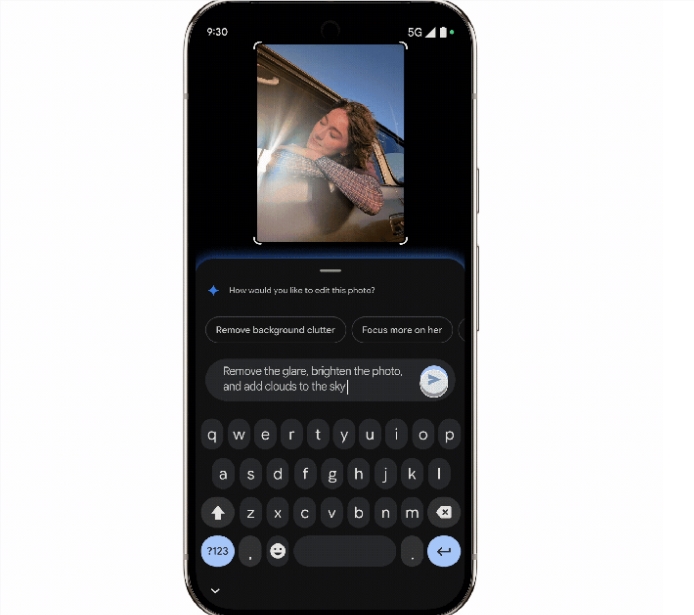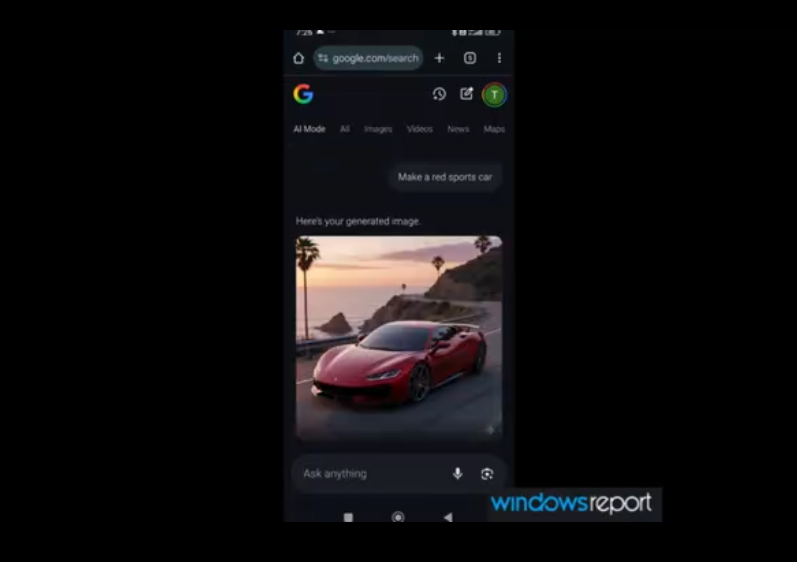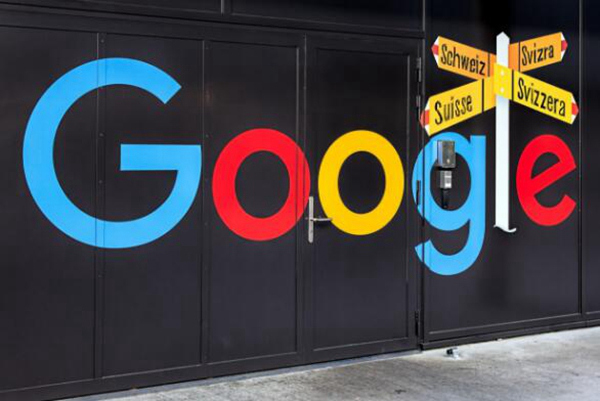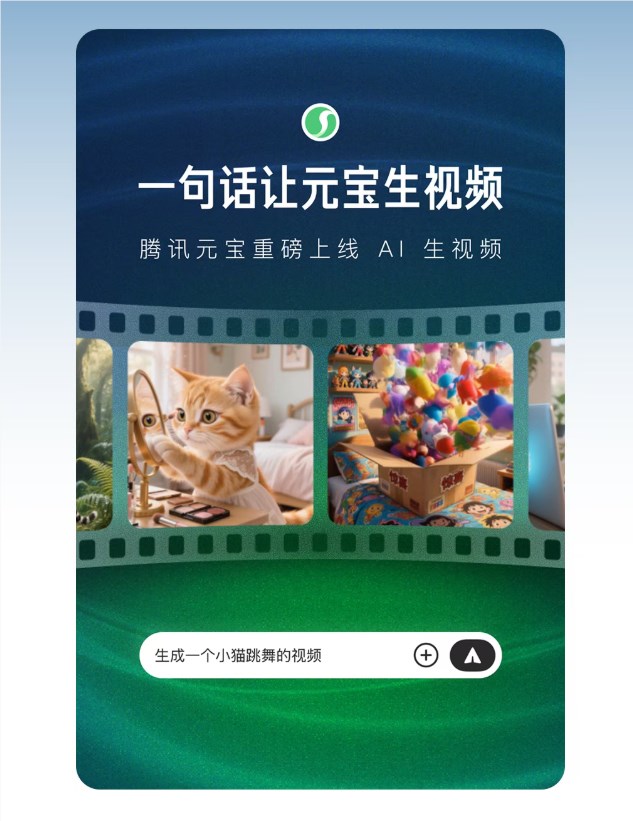Editing photos is being completely redefined by artificial intelligence. Google has just announced a groundbreaking feature that will revolutionize the traditional photo editing experience: Android users can now let AI edit their photos through conversation, whether using voice commands or text descriptions, Gemini can accurately understand and execute your editing needs.
This seemingly simple function actually solves a core pain point that has plagued countless users. Previously, when editing photos, users needed to be familiar with various complex tools and filters, and also knew where these functions were located in the app. Now, you just need to tell the AI what effect you want using the most natural language, and the rest of the technical work will be handled entirely by the machine.
This intelligent editing feature powered by Gemini was initially an exclusive privilege for Pixel 10 devices in the United States, first introduced in August of this year. Now, Google has decided to expand this killer feature to all Android devices, which is undoubtedly a major upgrade for the entire mobile photography ecosystem.

The method of use is surprisingly simple. Users just need to click the "Help me edit" button in the editor and then describe the desired changes in natural language. If you're unsure where to start, the system also provides thoughtful smart suggestions from Gemini, and even you can say "make it better," and the AI will automatically analyze and optimize the photo.
The power of this feature lies in its broad coverage. From basic light adjustments and removing distracting elements in the image, to more advanced background object removal and old photo restoration, Gemini can handle them all effortlessly. Even more exciting is that it can add imaginative AI elements to the photo, instantly transforming ordinary photos into creative and fun ones.
During the editing process, Gemini demonstrated excellent understanding and learning capabilities. It not only handles the initial editing requests but also supports follow-up fine-tuning instructions, helping users perfect their work until they are satisfied. This continuous conversational editing experience makes the entire photo editing process as natural and smooth as communicating with a professional designer.
Currently, this AI editing feature is only available to English-speaking users aged 18 and above in the United States. This restriction is mainly due to considerations for protecting minors' privacy and content safety. However, considering Google's proactive attitude towards globalizing AI features, it is expected that this feature will soon cover more countries and languages.
Along with the AI editing feature, Google Photos also announced support for C2PA content credentials. This seemingly technical feature actually has significant practical implications: it can identify and mark AI-created image content. In an era where deepfakes and AI-generated content are becoming increasingly prevalent, this identification feature plays an important role in maintaining information authenticity and user awareness.
This feature was also initially launched on Pixel devices and is now officially expanded to all Android users. Google confirmed this news to TechCrunch, indicating that the company's commitment to AI transparency and content authenticity is not just words, but is ensured through actual technological means.
From a technological development perspective, Google's recent feature release reflects several important trends. First, the democratization of AI tools, where complex technical operations are simplified into natural language interactions, greatly lowering the barrier to entry. Second, the increasing level of intelligence in features, as AI not only understands user intent but also actively provides optimization suggestions.
More importantly, this conversational editing model signals a fundamental change in human-computer interaction. Traditional graphical user interfaces are being supplemented, and in some scenarios, even replaced, by more intuitive voice and text interactions. This change is not limited to the photo editing field, but is also evolving across the entire software industry.
For ordinary users, the launch of this feature means the creation barriers of mobile photography are further reduced. You no longer need to learn complex editing techniques or purchase expensive professional software; all you need is a creative idea, and the AI will help you achieve it. This trend of technological democratization is enabling more and more people to create professional-level visual content.
As these AI tools become widespread, we may be approaching an era of mass creation. When technology is no longer a barrier and creativity can be realized through simple conversations, the boundaries of content creation will be infinitely expanded. And Google, through this feature release, clearly aims to take a leading position in this upcoming creative revolution.










